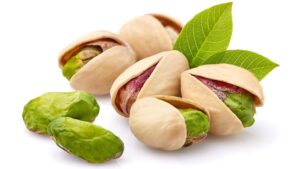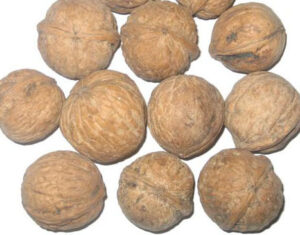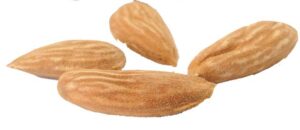What It Is and How It Affects Pistachio Quality
Pistachios are a popular and nutritious snack enjoyed worldwide, but pistachio growers and consumers alike may encounter an issue known as the “pistachio worm.” This small pest can affect the quality and yield of pistachio crops, impacting the supply and desirability of these nuts. Here, we’ll dive into what the pistachio worm is, how it impacts pistachios, and methods to manage it effectively. Understanding the Pistachio Worm

What Is a Pistachio Worm? Identifying the Common Pest
The term “pistachio worm” generally refers to the larvae of certain moths and beetles that infest pistachio crops, particularly the navel orangeworm (Amyelois transitella). These pests are most active in regions where pistachios are grown, such as the United States, the Middle East, and the Mediterranean. Understanding the Pistachio Worm
- Life Cycle of the Pistachio Worm: The navel orange worm moth lays eggs on pistachios or nearby plant material, and the larvae, or worms, feed on the developing nuts. These larvae burrow into the pistachio shells, causing damage to the nut inside.
- Appearance: The larvae are small, usually cream-colored with dark heads, and can be found in the kernels, particularly in nuts with already split shells.
- Seasonal Activity: Pistachio worms are most active during warmer months and target maturing crops, especially when pistachio shells begin to split, providing an entry point for the larvae.
How Pistachio Worms Impact Pistachio Quality and Crop Yield
Pistachio worms pose a serious threat to pistachio crops, primarily by compromising the quality and appearance of the nuts. This damage can lead to economic losses for growers and can affect the availability and quality of pistachios for consumers.
- Physical Damage: Pistachio worms bore into the nut, often leaving visible entry points and creating empty shells or partially eaten kernels. This can lead to lower-quality products.
- Increased Contamination: The presence of these pests can increase the risk of contamination by fungi such as Aspergillus, which produces aflatoxins – harmful substances that are strictly regulated in food products worldwide.
- Decreased Yield: Infestation by pistachio worms can significantly reduce the number of harvestable nuts, leading to financial losses for growers and affecting supply.
Managing Pistachio Worms: Effective Prevention and Control Strategies
Pest management is crucial in pistachio farming to prevent the spread and impact of pistachio worms. Growers employ various strategies to minimize infestation and protect their crops.
Integrated Pest Management (IPM)
Integrated Pest Management (IPM) is a sustainable approach combining several methods to control pests while reducing environmental impact.
- Sanitation Practices: Removing fallen pistachios and cleaning up orchard debris is essential in eliminating sites where navel orange worms might lay eggs, thus reducing their population.
- Early Harvesting: Harvesting pistachios earlier in the season, when feasible, can help minimize the impact, as pistachio worms are more likely to infest crops later in the season when nuts begin to split.
- Mating Disruption: This method involves releasing synthetic pheromones that interfere with the moth’s ability to locate mates, thereby reducing their reproduction rates and controlling populations.
- Biological Control: Natural predators, such as certain species of wasps, can target and parasitize navel orange worm eggs or larvae, naturally reducing their numbers without the use of pesticides.
Pesticide Use and Considerations
While pesticides can be effective in managing pistachio worms, they must be used carefully to avoid harming beneficial insects and the surrounding environment. Many growers use pesticides as part of an IPM program, applying them strategically to target pest hotspots.
How to Identify and Avoid Pistachio Worms in Store-Bought Nuts
For consumers, the presence of pistachio worms is rare in store-bought pistachios due to rigorous quality controls and inspections. However, here’s what to look for to ensure quality:
- Inspect Packaging: Choose sealed and intact packages, and check for quality certifications on the label.
- Examine the Nuts: Before eating, inspect pistachios for any unusual entry holes, empty shells, or discolored kernels, as these may indicate past pest presence.
- Trusted Brands: Buying from reputable brands that adhere to strict quality control measures can further reduce the likelihood of encountering pest-related issues.


